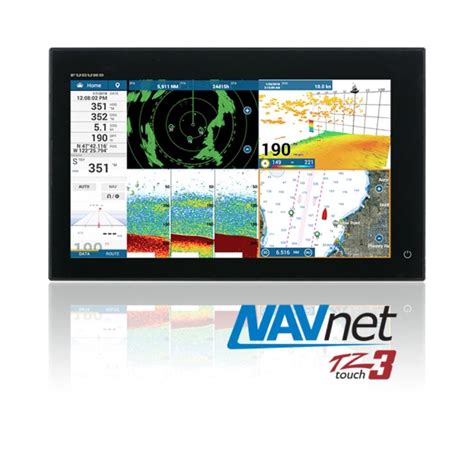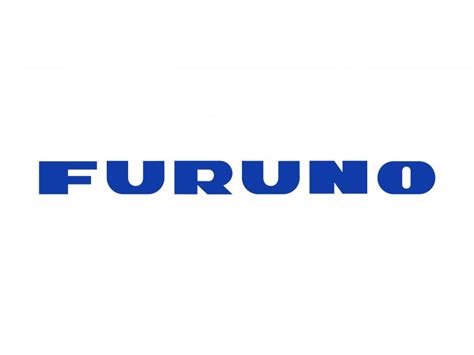What is Furuno TZtouch3 19 in. All Glass IPS Display?
Furuno TZtouch3 19 in. all glass IPS display is a state-of-the-art marine navigation system that provides boaters with unparalleled accuracy and advanced features. The display unit measures 19 inches diagonally, making it large enough to support multi-window displays, yet compact enough to fit on most boats. The primary screen can display a wide range of charts, navigational data, and other information, while the smaller windows can be used for supplemental information or other tasks.
One of the standout features of the Furuno TZtouch3 is its all-glass IPS touchscreen display. This type of display uses in-plane switching (IPS) technology to provide wider viewing angles and more color accuracy than traditional displays. The result is a display that is easy to read, even in bright sunlight or other challenging lighting conditions.
The Furuno TZtouch3 also leverages cutting-edge technology to provide boaters with advanced functionalities such as automatic radar plotting, fish finding, and even augmented reality. With its built-in GPS receiver and integration with various sensors, the system provides highly accurate location information and facilitates precision navigation.
In addition to these features, the Furuno TZtouch3 supports a range of connectivity options, including Wi-Fi, Bluetooth, and NMEA 2000. This enables users to integrate the system with other devices, including smartphones, tablets, and other navigation equipment.
Overall, the Furuno TZtouch3 19 in. all glass IPS display is a top-of-the-line marine navigation system that provides boaters with superior accuracy, advanced features, and ease of use. Whether you're a recreational boater or a commercial fisherman, the Furuno TZtouch3 is an invaluable tool that can enhance your navigational capabilities and keep you safe on the water.
Frequently Asked Questions about furuno tztouch3 19 in. all glass ips display
For fishermen, Furuno's CHIRP Side-Scan provides benefits for coastal and offshore fishing that cannot be duplicated with a traditional Fish Finder, allowing you to see fish targets near piers and bridges before casting a lure or jig.
Side-scan sonar is a category of active sonar system for detecting and imaging objects on the seafloor. The multiple physical sensors of the sonar - called a transducer array - send and receive the acoustic pulses that help map the seafloor or detect other objects.
I can find the key areas the key spots that I want to fish it helps me find fish. You know this is site imaging it. Shows schools of fish it shows individual fish it shows.
The detection range is from 10 to 2400m (divided into 15-steps) and there are two types of Sonar: Single Frequency Sonar and Dual Frequency Sonar. The hull unit, with a travel range of 25 to 40 cm, is installed at the bottom of the vessel.
Short-range side-scan sonar systems employ beams with a relatively high frequency range between 250 and 1000 kHz and are generally used to map an area of approximately maximum 250 m per side.
As a specialized sonar system, side scan has particular benefits. This system is often used to map cultural heritage sites like shipwrecks, to characterize the makeup of the seafloor, and can even be used to help biologists identify habitats of marine animals.
Side imaging sonar will scan a range of 300 feet but for the best results set your scan range to a much smaller area, you'll be able to see more, and you'll see a good proportion of the water column and the surrounding areas on either side of the boat.
One sonar system is optimized for producing high-resolution maps of the bottom at depths down to 8,000 meters. Another system works best in shallower depths of less than 2,000 meters, such as those found on continental shelves.
Speed of sound in water is 1500 m/s : Q. The echo receiver of a sonar attached to a ship, receives the echo from the bottom of sea 4 seconds after the ultrasonic waves were sent into the sea.
Humminbird MEGA Side Imaging Settings
Once you have your settings for side imaging adjusted correctly drive around side scanning at about 2-mph. Do your best to keep the boat between 1.5-mph and 3-mph for the best picture. There is a few things you should look for when side scanning an area.
High frequency active sonars operate between approximately 30,000 and 500,000 Hz (30 kHz and 500 kHz). These systems allow increasingly greater resolution as the frequency increases but at the expense of range.
Depth-Down Imaging: 400 ft (455 kHz) 125 ft (800 kHz) 250 ft (MEGA+)
It's all in the details. Gain a 180 degrees side-to-side perspective on the world below the surface with remarkable Humminbird® Side Imaging®. In an instant, the ultra-thin beam scans the area up to 400 feet to the left and right of your boat location - for total coverage of up to 800 feet.














